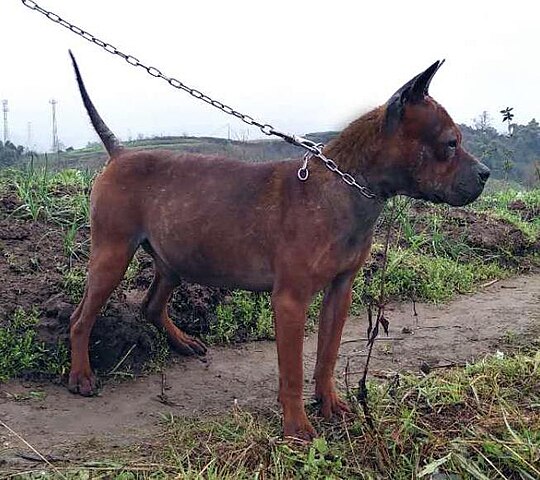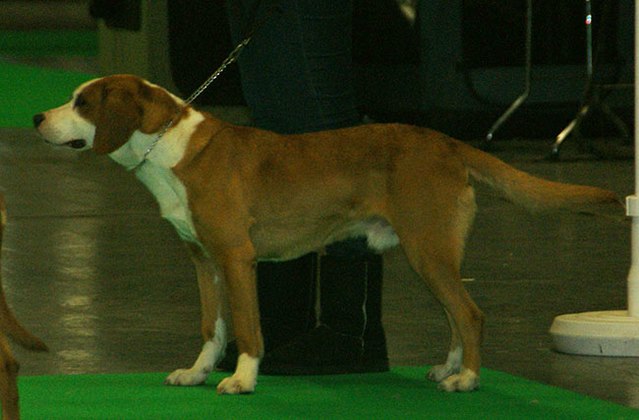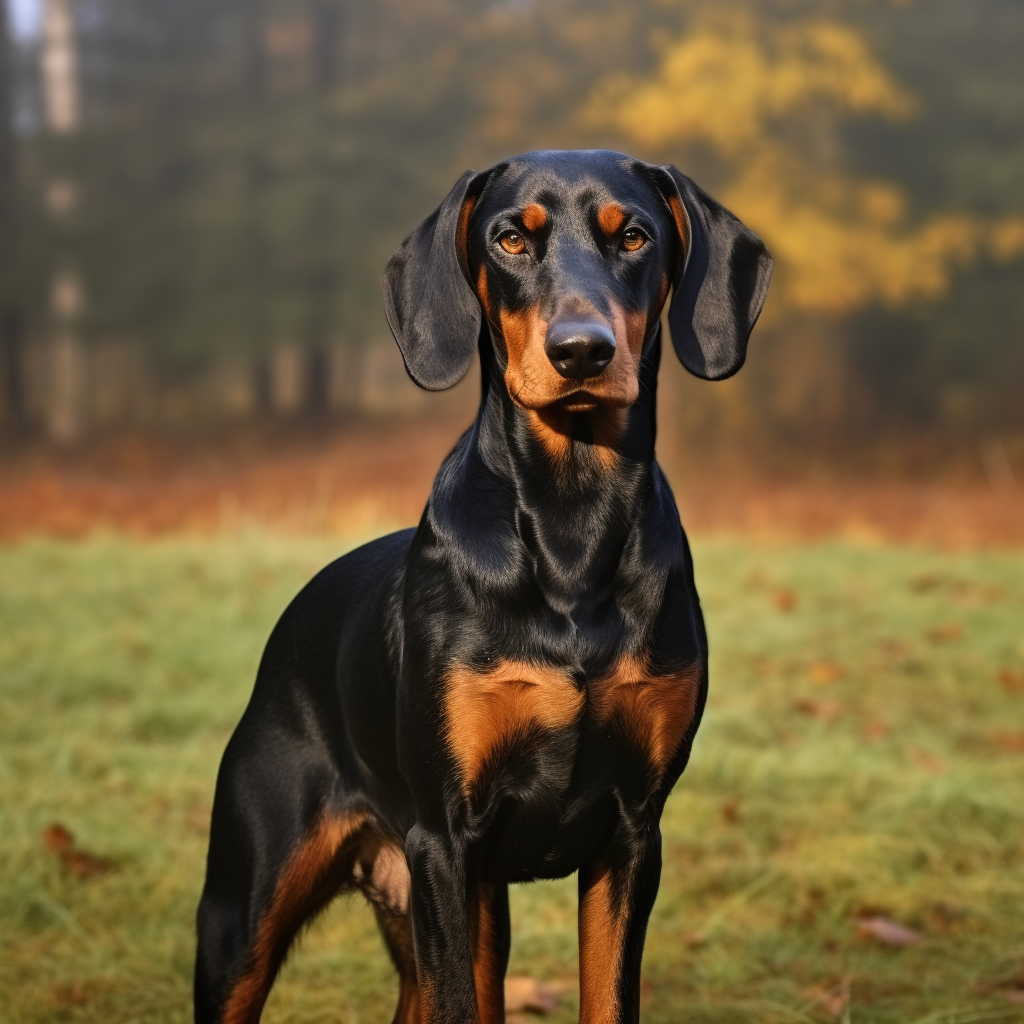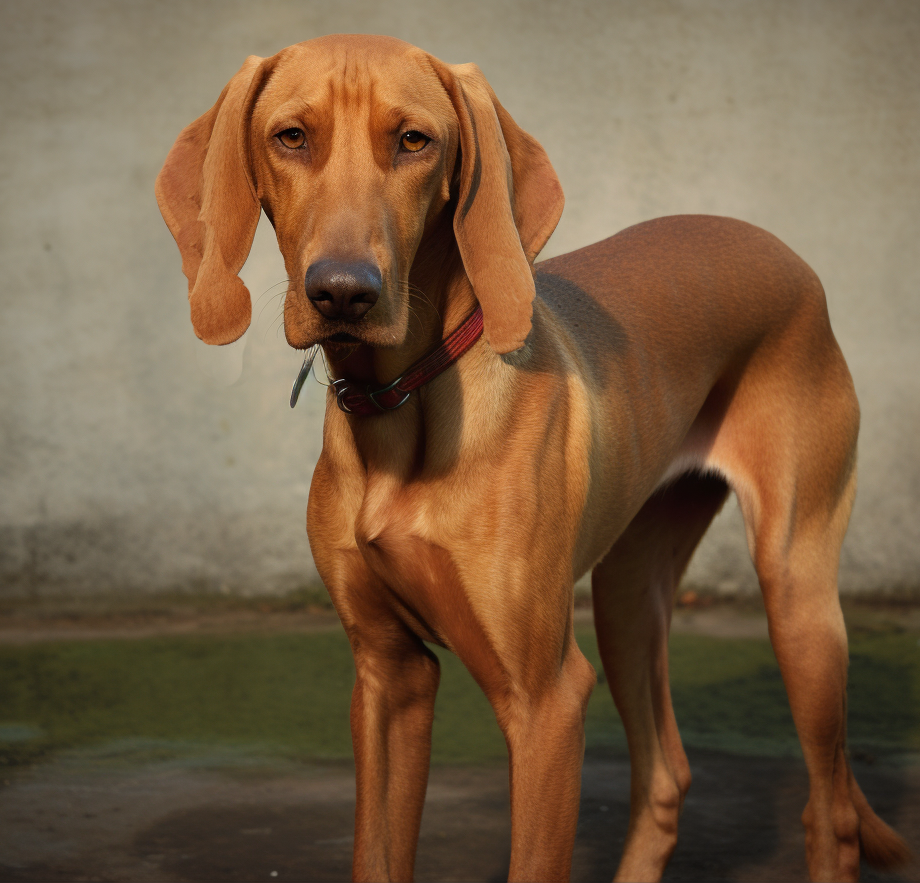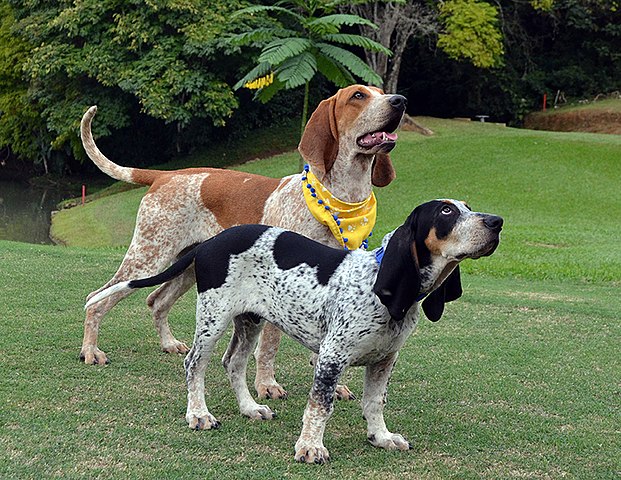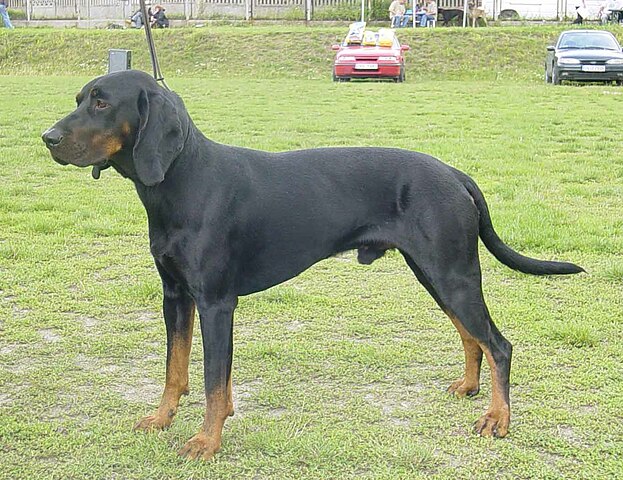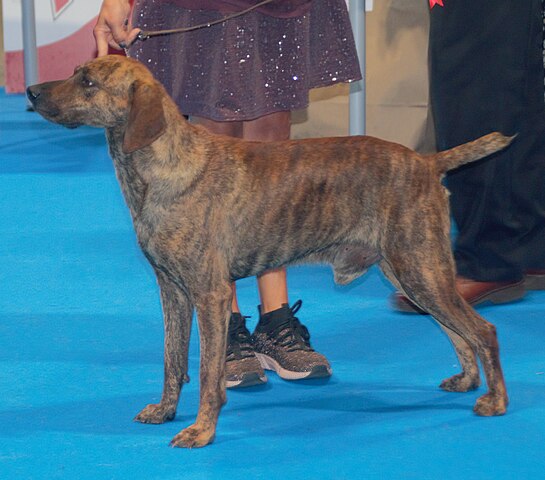The Segugio dell’Appennino is of ancient origin, yet is a rare breed that has yet to gain full recognition in the United States. The standard was approved by ENCI (Italy’s kennel club) in 2005, full recognition by the club was granted in 2010, and the FCI provisionally recognized the breed in 2023 after a bit of a delay. Part of the delay had to do with the fact that they are so genetically similar to the Segugio Marremano, despite several physical differences. However, after debate and persuasion from fanciers, the breed was officially brought into the fold – albeit on a provisional basis.
The dell’Appennino is a soft and gentle hound that becomes lively and animated during the hunt – whether an “official” hunt or out in the backyard! The breed has an exceptional nose and traditionally hunted either alone or as a pair, and makes an excellent dog for a hare hunting enthusiast. He can equally be a nice choice for a person competing in tracking or any of the scent sports. He gets along with other dogs and children alike, and is even respectful towards wild animals (that he isn’t hunting). Because of his high prey drive he is likely to chase cats. Energetic and loving of the outdoors, he does best with an active owner that can meet his physical requirements. Prospective owners should take note that he does not do well in apartments as his excessive barking could be a problem, and he otherwise needs space to stretch out. This is a breed that thrives with country living! 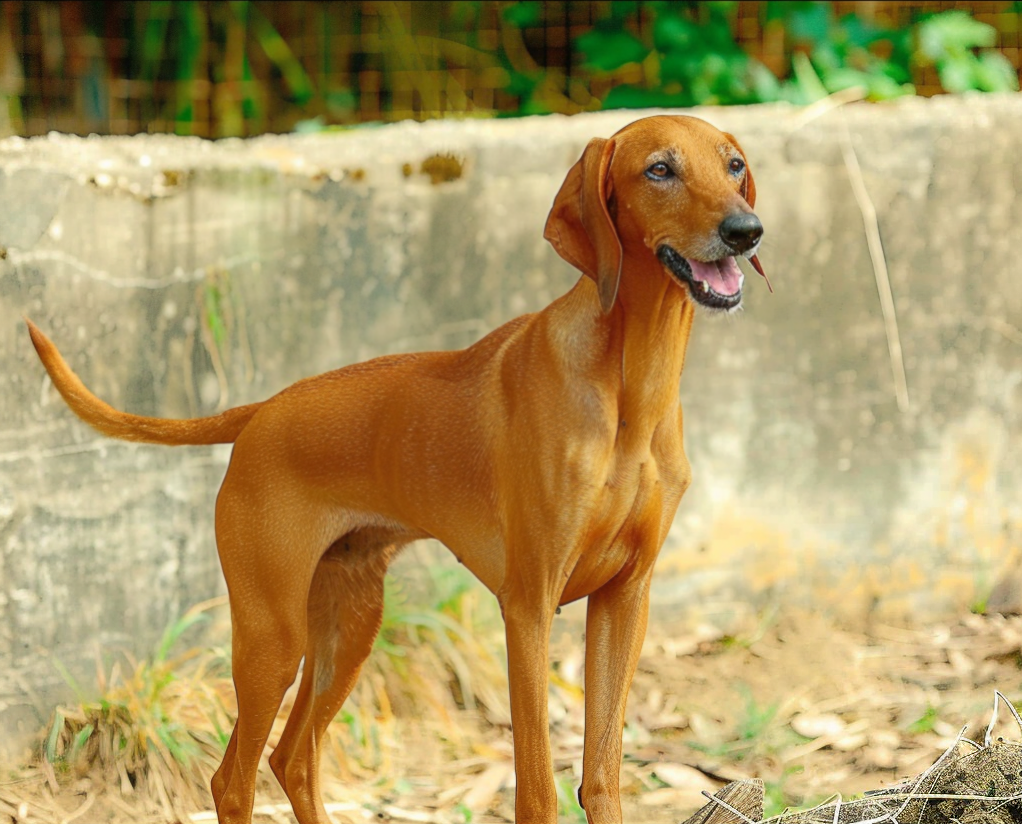
The Segugio dell’Appennino is a medium sized breed with long lean legs and a rustic yet athletic appearance. It has long hanging ears and round eyes with a “clever, merry and mild expression.” It comes in two possible coat varieties – shorthaired and wirehaired, each of which can appear in a variety of different colors: various shades of fawn, gray, brown or black/tan. Each of these colors can have a white trim.
The dell’Appennino is an extremely loyal breed and can be very obedient when trained. This said, like most scenthounds he is likely to follow his nose rather than respond to a recall command in the face of distraction. Keep him on leash when in an area that contains cars so that his life doesn’t get unnecessarily cut short! When provided with plenty of care and thought, this breed will otherwise live an average of 13-15 years.

